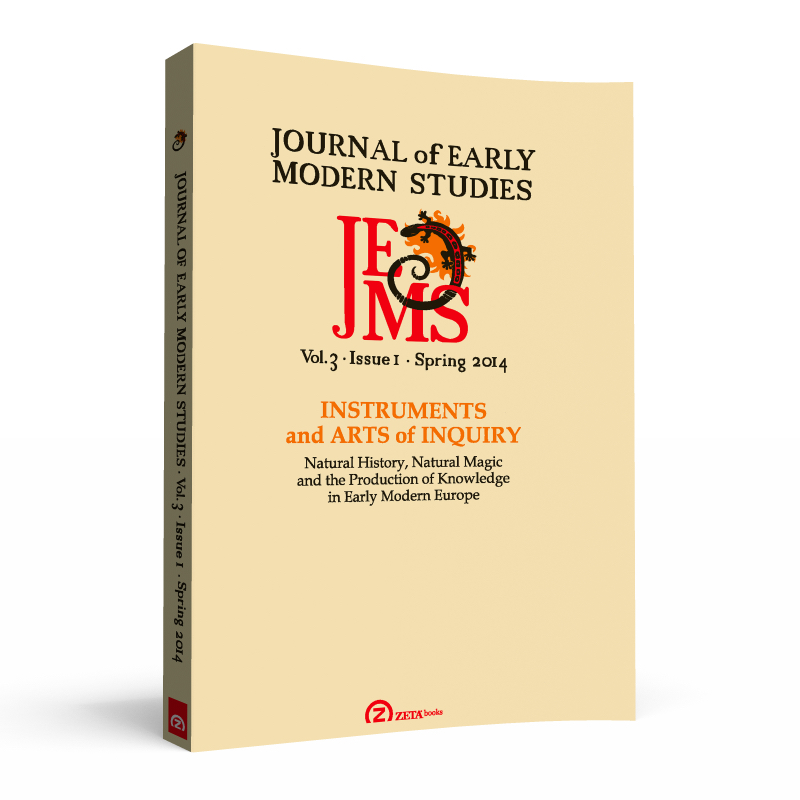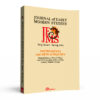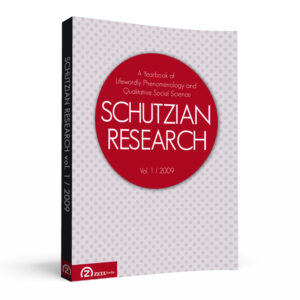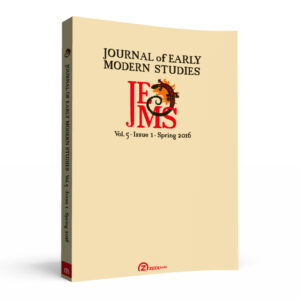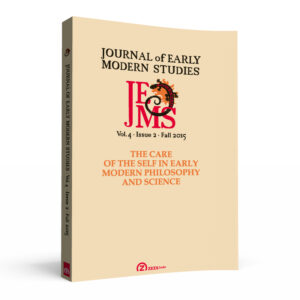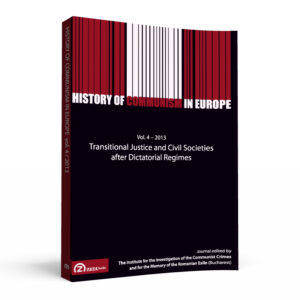Contents
DANA JALOBEANU, CESARE PASTORINO, Introduction
SERGIUS KODERA, The Laboratory as Stage: Giovan Battista della Porta’s Experiments
- Abstract: This article surveys the vast range of different literary genres to which Giovan Battista Della Porta (1535-1615) contributed; it thereby encompasses not merely Porta’s contributions to a specific form of science, his numerous texts on physiognomics and his influential Magia naturalis, but also his no less prolific literary production for the theater, since I argue that his scientific production can best be understood when viewed alongside it. In fact, when read together, these different orientations his work took represent an amazingly coherent form of early modern thought–although one remarkably different from later forms of science in that it constitutes a kind of performative natural philosophy, which I call scienza. This article, therefore, presents Porta less as a forerunner of modern science, instead situating his work for the laboratory as well as for the stage in the context of a peculiar form of theatricality. In short, Porta’s magus emerges as a very peculiar kind of stage director–an expert in the manipulation of appearances and audiences, and a dexterous creator of marvels. His practice echoes the very modes of dissimulation that were characteristic for the social comportment of a courtier in Baroque culture. The following article develops these ideas by pointing to some specific examples, namely Porta’s histrionic use of the magnet as described both in the second edition of the Magia naturalis (1589) and in some of his comedies, and his method of gathering and displaying fragmented parts of the human body for his work on palmistry (written between 1599 and 1608).
ARIANNA BORELLI, Thinking with optical objects: glass spheres, lenses and refraction in Giovan Battista Della Porta’s optical writings
- Abstract: In the Natural magic and On refraction Giovan Battista Della Porta gave the first detailed accounts of optical effects produced with the spherical mirrors and lenses which had recently become popular in Europe. These writings have received a largely negative treatment in the historiography of early modern optics, which has focused on the development of theories of light and vision. Reassessing the significance of the work of Della Porta, I shall argue that they are a most valuable source to reconstruct how the systematic study and conceptualization of new optical artifacts way a key factor in the development of geometrical optics. Della Porta’s optical experiences with glass spheres and lenses can in my opinion be understood as part of a process of “thinking with objects” similar to that described by Domenico Bertoloni Meli (2006) in the case of early modern mechanics. It was a process in which Della Porta conceptualized complex optical artifacts in terms of simpler ones, transforming them into philosophical instruments whose workings could be subsumed under a small number of rules and providing the necessary epistemic framework in which, later on, the sinus law of refraction could be formulated.
DANIEL SCHWARTZ, Is Baconian Natural History Theory-Laden?
- Abstract: The recent surge of interest in Bacon’s own attempts at natural history has revealed a complex interplay with his speculative ideas in natural philosophy. This research has given rise to the concern that his natural histories are theory-laden in a way that Bacon ought to find unacceptable, given his prescription in the Parasceve for a reliable body of factual instances that can be used as a storehouse for induction. This paper aims to resolve this tension by elaborating a moderate foundationalist account of Bacon’s method and by appealing to a distinction he makes, in a letter to Father Fulgentio, between pure and impure natural histories. I argue that the discussions of causes and axioms in the published histories render them impure, since that material properly belongs to Part Four of the Instauratio, but that this interplay with Part Four is necessary for the sake of the continued refinement of Part Three (the natural historical part). Bacon ultimately aims for a storehouse of instances, to be attained at the culmination of this process of refinement, and at that point the history should be published in its pure form.
DANIEL GARBER, Merchants of Light and Mystery Men: Bacon’s Last Projects in Natural History
- Abstract: This essay explores the natural history project that Bacon undertakes in the last part of his life. After setting aside the Novum organum and the attempt to set out a method of interpreting nature in detail, Bacon turned to the project of outlining what a natural history should look like. Part of this project involved the composition of some natural histories to serve as models of what a natural history should look like. He published two of six exemplary histories he planned, the Historia vitae et mortis and the Historia ventorum. Both of these are very carefully organized works in learned Latin. However, shortly after his death, William Rawley, his literary executor, published Bacon’s Sylva Sylvarum, presented as “a natural history in ten centuries.” The style of this work is altogether different from the Latin natural histories: it is in English, not Latin, and, as Rawley put it in his letter to the reader, “it may seeme an Indigested Heap of Particulars.” In this essay, I discuss the relations between the formal Latin natural histories and the Sylva. Appealing to the structure of Salomon’s House in the New Atlantis, published in the same volume as the Sylva, I argue that the Sylva Sylvarum represents the very first stages of constructing a natural history, while the Latin natural histories represent later stages in the process, where the observations, experiments, and other materials collected from various sources are arrayed in a more orderly and systematic fashion.
BENEDINO GEMELLI, Beeckman in Holland: Some evidences from Isaac Beeckman’s Journal
- Abstract: The so-called “Scientific Revolution” is the result of a complex interaction between the world of ideas and that of concrete human activity with the aim of discovering the mysteries of nature. Not only books but also notebooks mediate this dialectical relationship: in this way, the complex features of a theoretical system can coexist with the detailed observations of everyday natural phenomena (like water drops, or burning candles), in order to test the foundations of a whole philosophy of nature in the micro-world. Bacon himself suggested leaving general observations aside in order to reach closer to phenomena: Isaac Beeckman, in the isolation of his Journal, notes in chronological order his own laboratory and reading experiences, together with his meditations, producing an intellectual account of great cultural and scientific interest, discovered by Cornelis De Waard in 1905, in the Provincial Library of Zeeland [Middelburg]. Beeckman also owned some of Francis Bacon’s major works: from some of the notebook annotations presented in this article it is possible to see that Bacon’s explanations of simple natural phenomena did not always agree with the emerging physico-mathematical turn. Bacon is blamed for the use of old-fashioned categories, like sympathies and occult qualities, which need to be replaced by a fully corpuscular, mathematical and geometrical mechanical philosophy.
Review Article
IORDAN AVRAMOV, A Portrait of a Machine, or the Union between Early Modern French Science and Colonialism [James E. McClellan III and François Regourd, The Colonial Machine: French Science and Overseas Expansion in the Old Regime, Turnhout: Brepols Publishers, 2011]
Book Reviews
Mogens Lærke, Justin E. H. Smith, Eric Schliesser (eds.), Philosophy and its History: Aims and Methods in the Study of Early Modern Philosophy, Oxford: Oxford University Press, 2013, 384 p. (Stefan Heßbrüggen-Walter)
Lawrence Nolan (ed.), Primary and Secondary Qualities. The Historical and Ongoing Debate, Oxford: Oxford University Press, 2011, x + 404 pp. (Mihnea Dobre)
- ISSN: 2285-6382 (paperback)
- ISSN: 2286-0290 (electronic)
- ISBN: 978-606-8266-80-0 (paperback)
- ISBN: 978-606-8266-81-7 (electronic)

